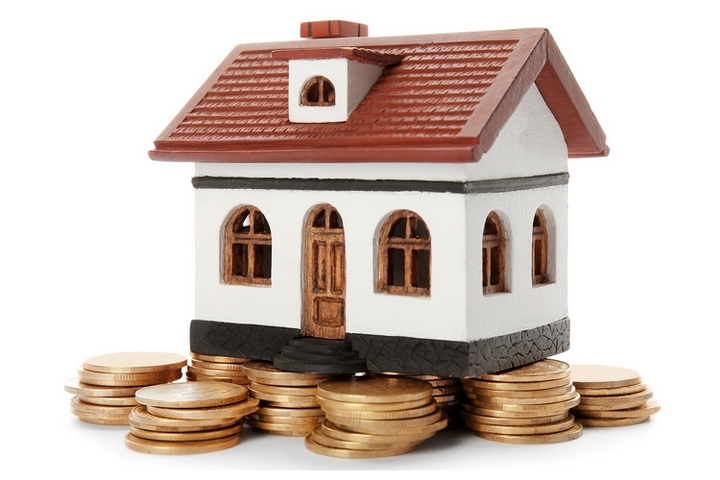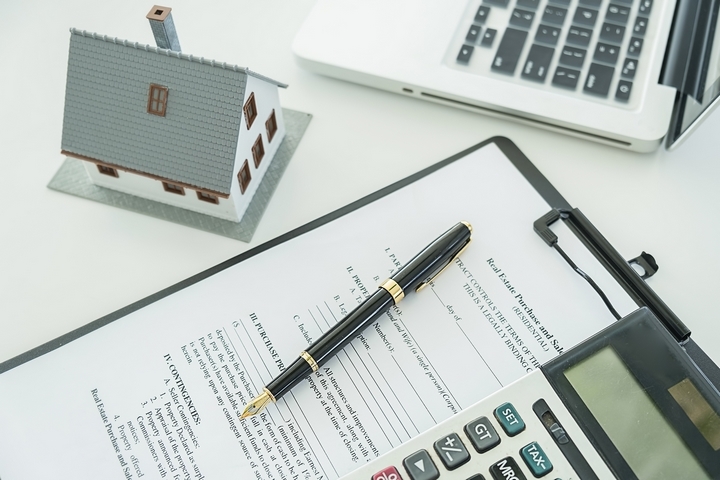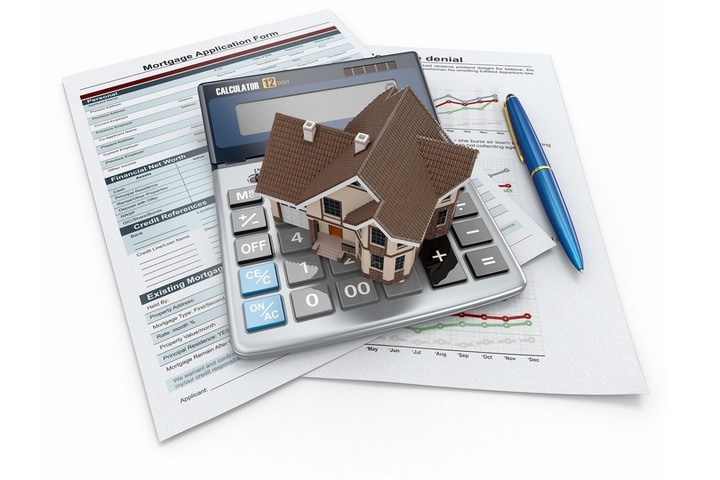
You might have heard advertisements on the radio or television about second mortgages. These are exactly what they are called: You have another mortgage on your home. It is usually a borrowing apparatus that comes with a lower rate of interest and is used for a short period. Although the cash injection can be utilised for anything you want, most people spend the cash on debt consolidation, home improvements, or education.
If you are interested in understanding how a second mortgage works, you need to realise that it is a financial tool that should be used responsibly. Whether it is for your grandchild’s tuition or to pay off your huge debt pile, a second mortgage can be useful.
On the other hand, if you are using a second mortgage to keep your head above water or to go on a lavish vacation to Paris, Venice, and Bruges, then it will be a noose around your neck. Be wise. Be responsible. Be prudent.
Are you interested? Here are eight tips to help you understand how does a second mortgage work:
1. Second Mortgage Equity

Have you built up enough equity in your home? Do you need some cash to cover your debts or pay for your child’s tuition? A second mortgage is considered a helpful tool to help you access equity in your home without having to violate the terms and conditions of your first mortgage that would cause you to pay any penalties.
What’s more, the process is quick from the time you submit an application to its approval.
2. Second Mortgage Types

Typically, there are three types of second mortgages you can obtain:
- Line of Credit: This is a pool of money you can access at any time; this money doesn’t need to be used at all.
- Lump-Sum: A pile of cash that you can use anytime you want but needs to be repaid with fixed monthly payments, plus interest.
- Rate Choices: A loan with either variable interest or fixed interest rate.
To avoid getting stuck with larger penalties, fees, and interest rate payments, you should only search for short-term second mortgages. Why put yourself in a situation where you have a first 25-year mortgage and then a second 20-year mortgage? It just doesn’t work out in the end.
3. Mortgage Collateral

When you are getting a second mortgage, your home is your collateral. How a second mortgage works is that if you fail to make the payment, then the lender has the option of foreclosing on your property. If this sounds frightening, you can take comfort in the fact that your interest rates will be lower since your home is an asset.
4. Home Value

Whether you are using a private lender or a conventional financial institution, you are allowed to borrow up to 80% of your home’s value on a second mortgage. In other jurisdictions, you could borrow up to 85%.
However, it is important to explore your second mortgage options, calculate your income, and see how much you will have to repay because you should refrain from borrowing the maximum amount.
5. Second Mortgage Fees

Sorry to inform you, but you will need to pay fees on your second mortgage. If you thought it was a slap to your wallet with your first mortgage, then just you wait until you see the fees, costs, and other charges associated with a second mortgage. It is ugly!
6. Private Lenders

Are you worried that your poor credit score or putrid savings will disqualify you from being approved for a second mortgage? You should not worry because most private lenders have looser underwriting standards. In other words, if you do possess a disappointing credit score or a paucity of savings in your bank account, you will not be turned away at the odor.
That is not to say private lenders will extend funds to everyone. You still need to show you have a job and you can pay back the loan within an agreed period.
7. Private Mortgage Insurance

If you applied for a traditional mortgage and you did not have the 20% down payment, you were likely mandated to get private mortgage insurance (PMI). This is usually referred to as the Canadian Mortgage and Housing Corporation (CMHC) fee in the Great White North, which is usually around 5%. How it works is that you are paying thousands of dollars in fees.
Mortgage experts say that applying for a second mortgage, in addition to your first mortgage, can allow borrowers to avoid the PMI. Sure, you are adding monthly payments to your budget, but it could be cheaper than the CMHC fees.
8. Second Mortgage Pros and Cons

Like everything else in life, there are advantages and disadvantages to a second mortgage.
Here are some advantages:
- Lower interest rates.
- Access to equity to pay your debts.
- In certain jurisdictions, you can get a tax deduction.
Here are some disadvantages:
- There is a risk of foreclosure.
- Although interest is lower, it is an added expense to your monthly budget.
- Second mortgage costs add up to thousands of dollars.